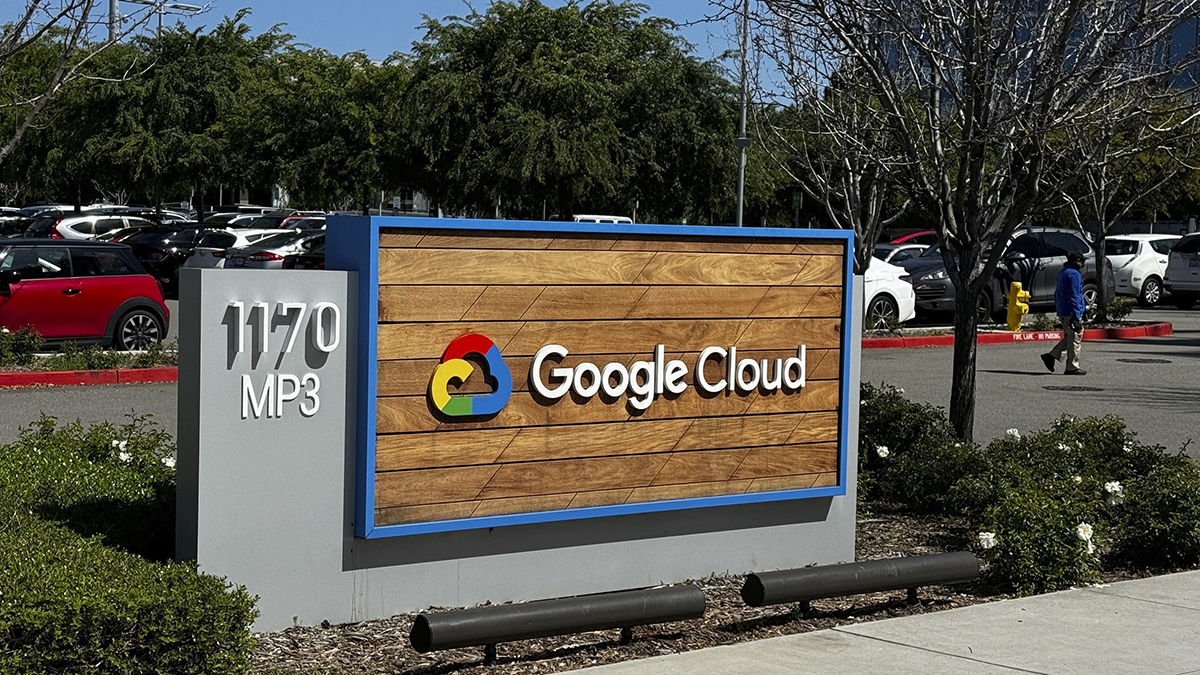The chief operating officer of the Long Island Power Authority resigned Tuesday amid accusations of accusations of dysfunction and negligence in the company's response to Sandy as outages stretch into a third week.
LIPA Chairman Howard E. Steinberg announced in a statement that Mike Hervey, who was tasked with performing the functions of CEO at the organization over the past two years, would be stepping down effective at the end of the year.
Steinberg said in the statement, "Mike has played a leadership role in connection with the planned structural changes at LIPA going forward which will result in better service and accountability to LIPA’s customers in the years ahead."
Meanwhile, the fury over persistent power outages continues to build on Long Island, where authorities are searching for a man who attacked an electrical worker, punching him in the face and breaking his nose.
Police say the electrical lineman, who was part of a crew that came from Florida to assist in Sandy repairs, was wearing his uniform and had just got out of his truck after a 13-hour work day in East Meadow Friday night when he was attacked.
The worker, John Applewhite, told The Lakeland Ledger that a man in a dark BMW yelled at him and another lineman.
"I thought he may have been asking about his power," Applewhite said.
U.S. & World
The attacker parked the car, got out and approached Applewhite, punching him in the face and possibly hitting him with an object. The man fled in the BMW.
"There is always a bad apple," Applewhite told the paper. "For the most part these people were great and they really treated us with respect."
Nassau County Police Inspector Kenneth Lack told NBC 4 New York that police believe the worker was attacked by a storm-weary resident.
"We don't see any other motive, other than a frustrated citizen," Lack said.
Earlier Tuesday, LIPA said that 99 percent of customers who can safely receive power have their lights back on. That means there are still 10,136 outages in Nassau and Suffolk counties, along with 35,000 customers who suffered flood damage and need electrical repairs before power can be restored.
Visit NBCNews.com for breaking news, world news, and news about the economy
An attorney filed a lawsuit Tuesday claiming negligence by LIPA and its contractor, National Grid. A LIPA spokesman had no comment and National Grid did not immediately respond to a request for comment.
The company has said the storm was worse than anyone could have imagined and that it didn't just damage outdoor electrical lines; it caused flooding that touched home and business breaker boxes. It has acknowledged that an outdated computer system for keeping customers notified has added to people's frustration.
But some say the government-run utility should have seen it coming. It was recently criticized in a withering state report for lax preparation ahead of last year's Hurricane Irene and for the 25-year-old computer system used to pinpoint outages and update customers.
"It's antiquated. I think they're negligent," said Phil Glickman, a retired Wall Street executive from South Bellmore who waited 11 days to get electricity back.
Gov. Andrew Cuomo on Tuesday ordered an investigation of how utility companies prepared for and reacted to the storm. The governor ordered the probe under the state's Moreland Commission law that provides for subpoenas and other actions. It will be run by former Attorney General Robert Abrams and Cuomo's financial services director, Benjamin Lawsky.
At its peak, the storm knocked out power to 8.5 million customers in 10 states, with New York and New Jersey bearing the brunt. Those outages have been nearly erased, though Con Edison has cited problems similar to LIPA's, saying about 16,300 customers in flooded areas of Brooklyn, Queens and Staten Island can't get service until their internal electrical equipment is repaired, tested and certified.
Priscilla Niemiera, whose finished basement in Seaford flooded, said her house needs to be inspected and she can't get any answers. "I think LIPA should be broken up into small companies and it shouldn't be a monopoly anymore because this is every single time we have a disaster. And then they raise the rates. We're paying very high rates. We're paying high taxes, high electric. Everything," she said.
LIPA, whose board is chosen by the governor and lawmakers, contracts with National Grid for service and maintenance. Last year, its board chose a new contractor, New Jersey's Public Service Enterprise Group, which will take over in 2014. Cuomo criticized the storm response of all New York utilities in the region, saying their management had failed consumers.
Asked Monday about LIPA board vacancies he hasn't filled and whether he takes responsibility for what's happening there, Cuomo called the authority a holding company that became "an intergovernmental political organization." He said National Grid was the actual Long Island power provider, one of the monopolistic state-regulated utilities. "They're going to be held accountable," he said, citing lack of communication and preparation and even proposing they consider rebates instead of rate hikes.
A state report criticized LIPA in June for poor customer communications after Irene last year and for insufficient tree trimming. The Department of Public Service noted major problems in telling customers estimated power-restoration times, faulting its computer system, which a consultant had found deficient back in 2006.
LIPA acknowledged that customers aren't getting the information they need, partly because of the system, which it is updating. Authority officials said the new system will be operating next year.
"It is a huge computer system. After Irene we immediately accelerated that process, and even at that it is still an 18-month to two-year process," Hervey said Monday. "We would have liked to have had it up and running for now, but it's just such a large magnitude computer system that it takes that long."
Hervey said the company will be working with remaining customers over the next several weeks as they get their homes repaired. "They can't be safely re-energized from an electrical standpoint," he said. "We are ready to service those areas, but they are not ready to take it right now."
John Bruckner, president of National Grid Long Island transmission and distribution, said he had about 15,000 people working on restoration, including 6,400 linemen from all over the U.S. and Canada.
Matthew Cordaro, co-chairman of the Suffolk Legislature's LIPA Oversight Committee and a former utility executive, said Con Ed and Public Service Electric & Gas New Jersey did a good job responding to the storm, and LIPA didn't.
While a storm of that magnitude would challenge any electricity provider, he said LIPA is probably one of the most poorly run utilities and has a "crazy" public-private organizational structure that's fraught with problems and raises questions of accountability.



